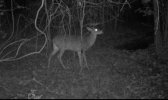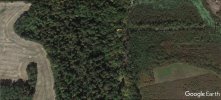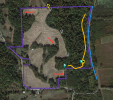Chuck11
5 year old buck +
Chuck - Check out the Chasing Giants podcast, your property sets up similar to Terry Peer's (and mine also FWIW).
Ridge or bottom fields and draws / hollows off of or parallel to them.. IE Hill Country
I just wanted to say thanks again for recommending this podcast. It has completely changed my mentality about hunting and I'm only on episode 29. So much good advice that I've broken out a dedicated notebook and started taking notes for things to remember and plans to look into in the future. Thanks friend. Much appreciated.



